The Capuchin Order was founded in 1528 in Italy.
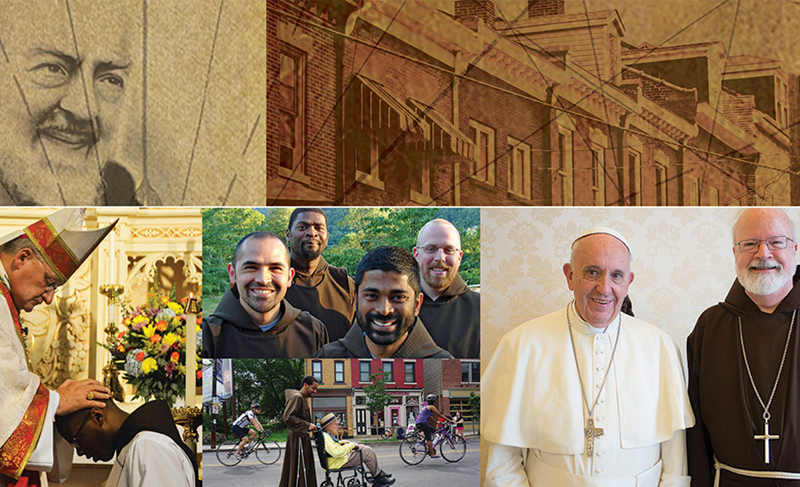
The Capuchin Order was founded in 1528 in Italy. Three hundred years after the death of St. Francis of Assisi, a small group of friars grew discontented with the compromises that some of their Franciscan brothers had made in living their Franciscan vocation.
These first friars were granted permission to live a strict observance of the Rule of St. Francis. While still part of the larger Franciscan family, eventually this new community became known as “Capuchins,” in reference to the large cowls or hoods worn by these friars.
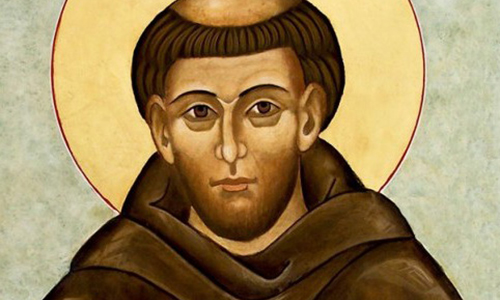
Capuchins were dedicated to a life of intense prayer, rugged poverty and service to the poor and abandoned. Because of a reputation for authentic Gospel living, the friars were soon in high demand throughout and beyond Italy. Capuchin missionaries were sent to high-risk areas. They established friaries where persecution of Catholics was prevalent. They lived and worked among people who were afflicted with war and famine.
They begged for their daily bread, which they first shared with the poor. After the last meal of each day, the pantry was cleared of all provisions and distributed to those in need.
The Capuchin Order grew rapidly. The friars were known as holy men in the spirit of St. Francis, followers of Christ and unwavering in their Catholic faith. The rule of life given by St. Francis was their guide in all they did.
St. Francis of Assisi was born in the late 1100s. By the time he died in 1226, thousands of people had joined the Franciscan family, consisting of friars, sisters and lay people. They wanted to follow Jesus Christ in the way that St. Francis did. Himself a saint, he led others to holiness of life, whether as consecrated religious, single lay persons or married men and women. His popularity endures to this day.
Near the end of his life, St. Francis received the sacred stigmata, the wounds of Christ Crucified. As he was pierced, he saw Jesus on the Cross, embraced by a Seraphim angel. Seraphim angels are the heavenly hosts closest to God, according to the Bible.
From then on, the Franciscan family would be known as the Seraphic Order. The Seraphic Mass Association, too, is part of the Franciscan family, supporting the work and ministries of Capuchin friars among the poor and forgotten.
In the 1940s, Pope Pius XII remarked that Capuchins are found in places where no one else would go. Today, there are nearly 11,000 Capuchin friars in 83 nations, making it the fourth largest religious community of men in the Catholic Church.
Notable Capuchins include St. Padre Pio of Pietrelcina and beatified American Capuchin, Blessed Solanus Casey, who worked in New York City and Detroit.
Cardinal Sean O’Malley, Archbishop of Boston, and Philadelphia Archbishop Charles Chaput are both Capuchin friars.
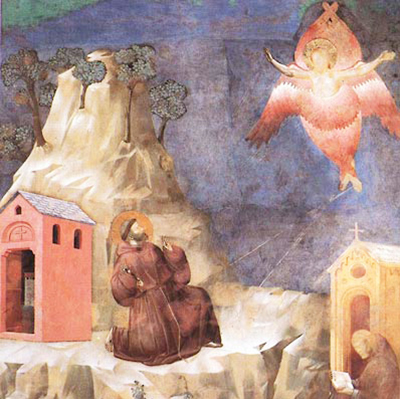
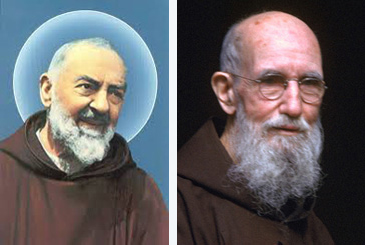
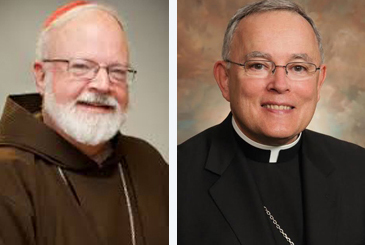
Capuchins from Paris arrived in the colony of Virginia in 1650; they were the first Capuchin friars in what would become the United States. Their mission ended with the bloody murder of Capuchin Christopher Plunkett at the hands of English Protestants.
Shortly before the American Revolution, Capuchins were serving in Louisiana. Until 1829, missionary friars of many nationalities ministered throughout the eastern half of the continent, working among Native Americans, enslaved Africans and immigrants.
Two diocesan priests from Switzerland established a Capuchin friary in Wisconsin in 1857; and the first community of professed Capuchins was founded in Pennsylvania in 1873. The latter, from Bavaria, were soon joined by other German Capuchins, fleeing persecution in the Rhineland/Westphalia region.

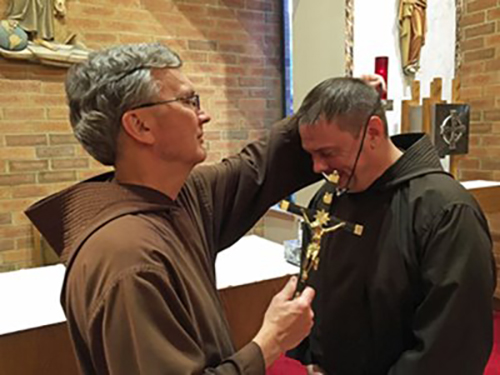
Today there are six regions or provinces of Capuchin friars in the United States. Vocations to the Capuchin way of life are abundant. There are now more Capuchin vocations in the United States than at any time in the past 40 years.
Growth of the Capuchin Order around the world is most intense in Asia and Africa, where some candidates are turned away for lack of resources to educate and train them.
The missionary spirit of the Capuchin Order is alive and thriving. Growth in vocations to Capuchin life has also produced a vibrant missionary zeal.